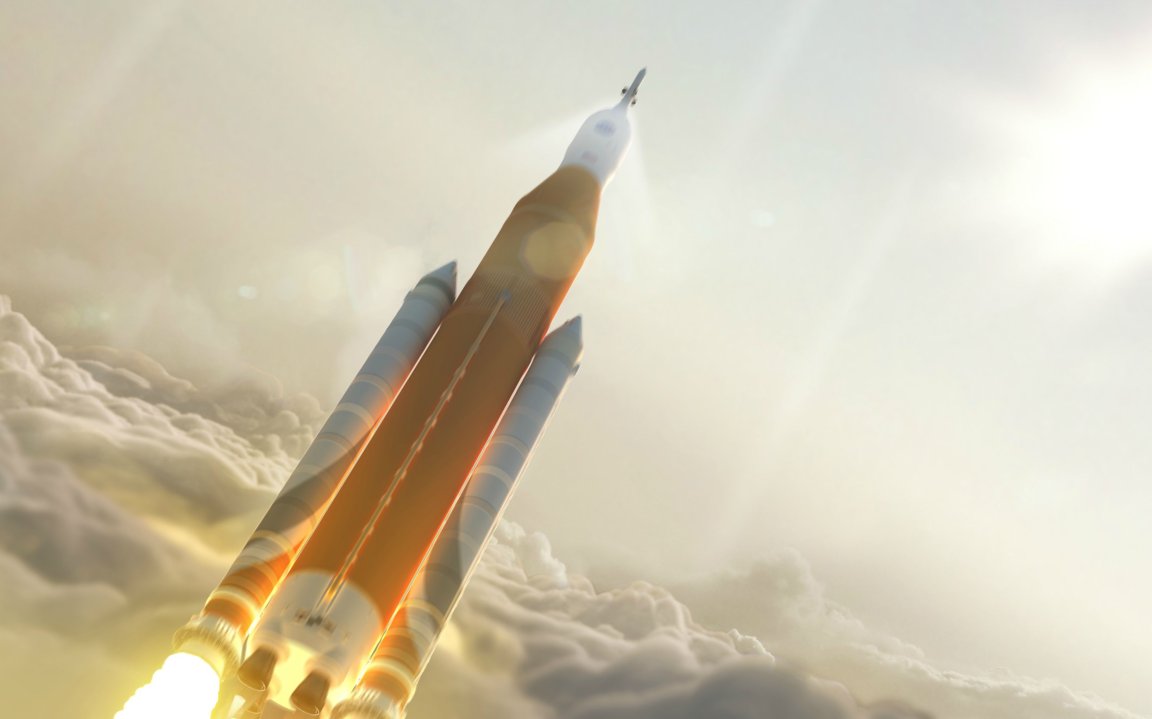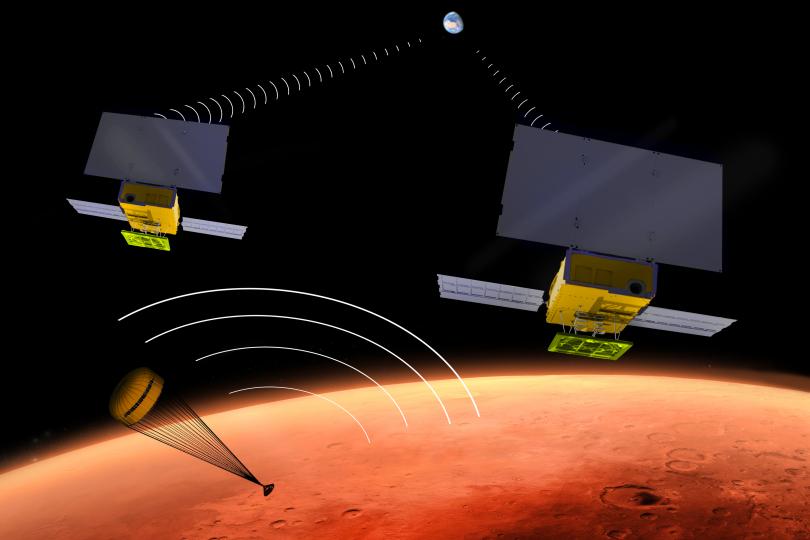
THE ROAD TO SPACE
In 2018, NASA will have a major launch. They are sending up a mega-rocket to transport Orion, a Mars-bound spacecraft, and transport mini-satellites into deep space orbits. NASA revealed that its latest rocket, the Space Launch System (SLS) will be carrying 13 of these mini-satellites, or CubeSats.
Notably, this will be the biggest rocket since Saturn V.
The CubeSats, which are around the size of a small briefcase, will carry equipment that will allow it perform science and technology investigations in space. These experiments will help pave the way for future human exploration in deep space, including any potential journey to Mars.
This planned expedition will allow CubeSats to reach deep space destinations, as previous usage have been confined to low-Earth orbit.

“The SLS is providing an incredible opportunity to conduct science missions and test key technologies beyond low-Earth orbit,” Bill Hill, deputy associate administrator for Exploration Systems Development at NASA Headquarters in Washington, said, in the statement. “This rocket has the unprecedented power to send Orion to deep space plus room to carry 13 small satellites — payloads that will advance our knowledge about deep space with minimal cost.”
The CubeSats were selected through a series of announcements of flight opportunities, a NASA challenge and negotiations with NASA’s international partners.
CUBESAT – SMALL BUT FORMIDABLE

Source: NASA/JPL-CALTECH
NASA selected Skyfire and Lunar IceCube for the task. Skyfire is a payload designed by Lockheed Martin Space Systems Company which will perform a lunar flyby of the moon and take sensor data to enhance knowledge of the lunar surface. Lunar IceCube on the other hand is a project by Morehead Sate University that will search for water ice and other resources 62 miles above the surface of the moon.
Another three payloads were determined by NASA’s Human Exploration and Operations Mission Directorate. These include the Near-Earth Asteroid Scout, which will observe an asteroid, follow its position, and take pictures. Others such as BioSentinel seeks to measure and detect the effects of deep space radiation on living organisms over long durations using yeast while the Lunar Flashlight will look for ice deposits on the lunar surface.
The two other payloads chosen include CuSP, a “space weather station” that will measure particles and magnetic fields in space, and LunaH-map which is a project to map hydrogen in craters and other permanently shadowed regions in the lunar south pole.
Three slots for CubeSat payloads are reserved by NASA for international partners with discussions currently ongoing. The remaining three payloads will be determined through NASA’s Cube Quest Challenge, NASA’s program to foster innovation in small spacecraft propulsion and communications techniques with the eventual winners being selected in 2017 to accompany the mission.